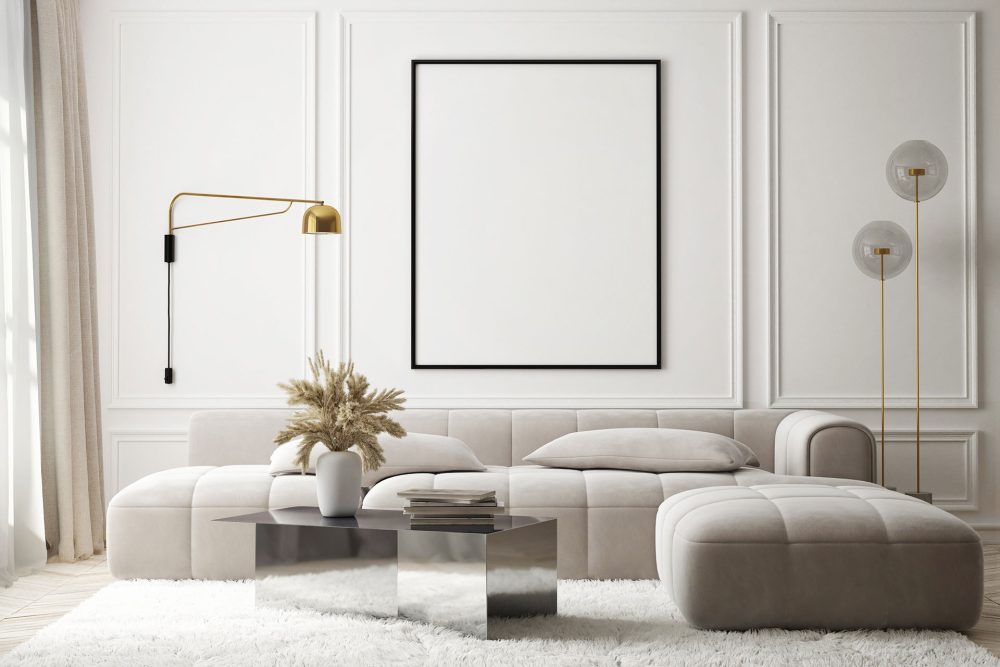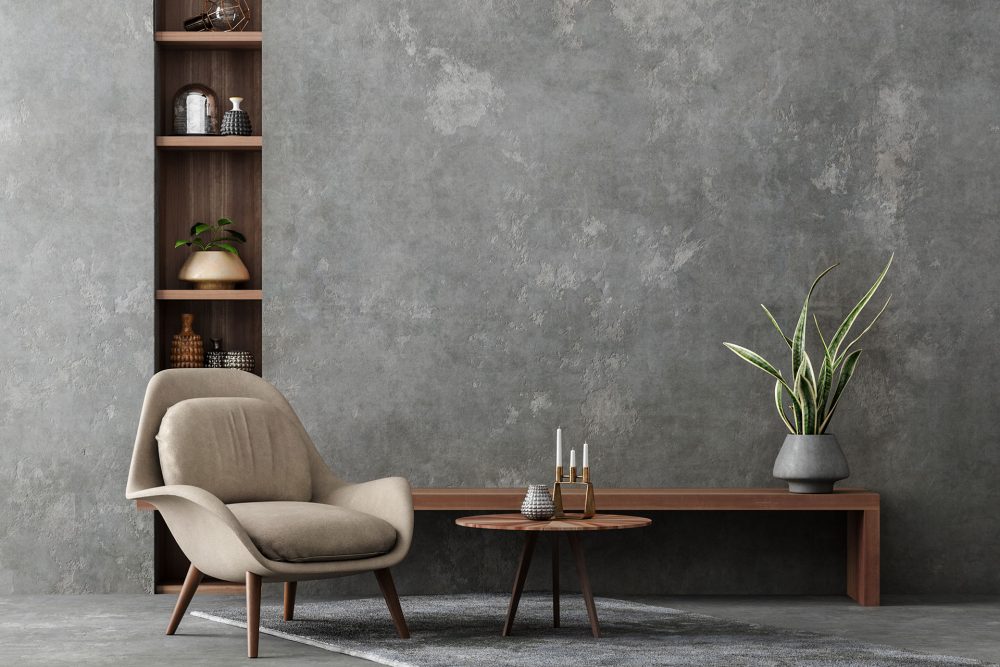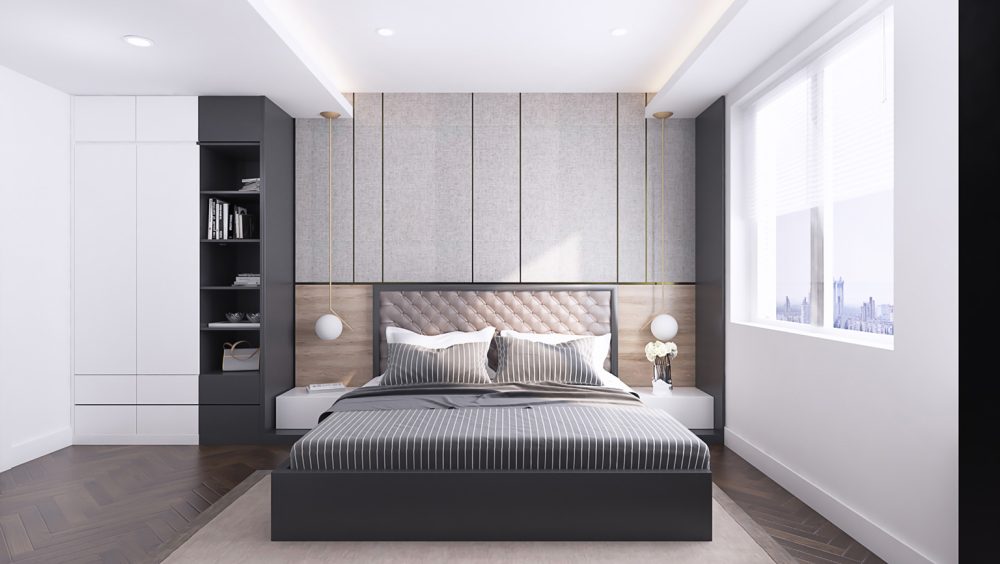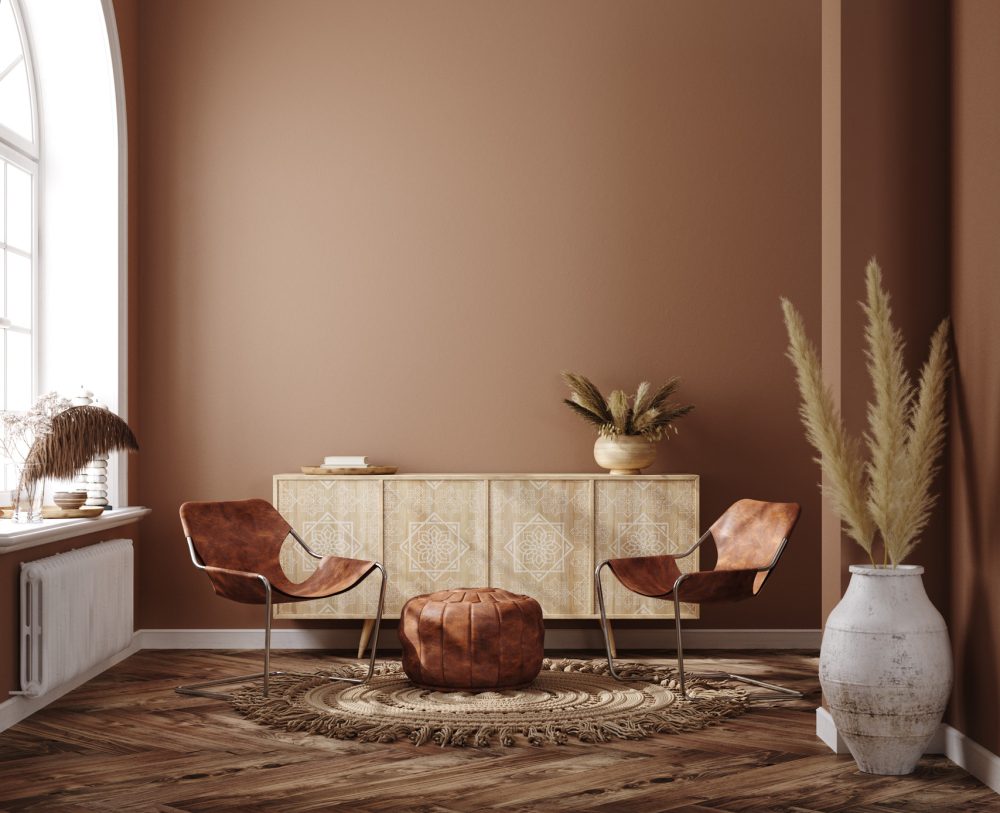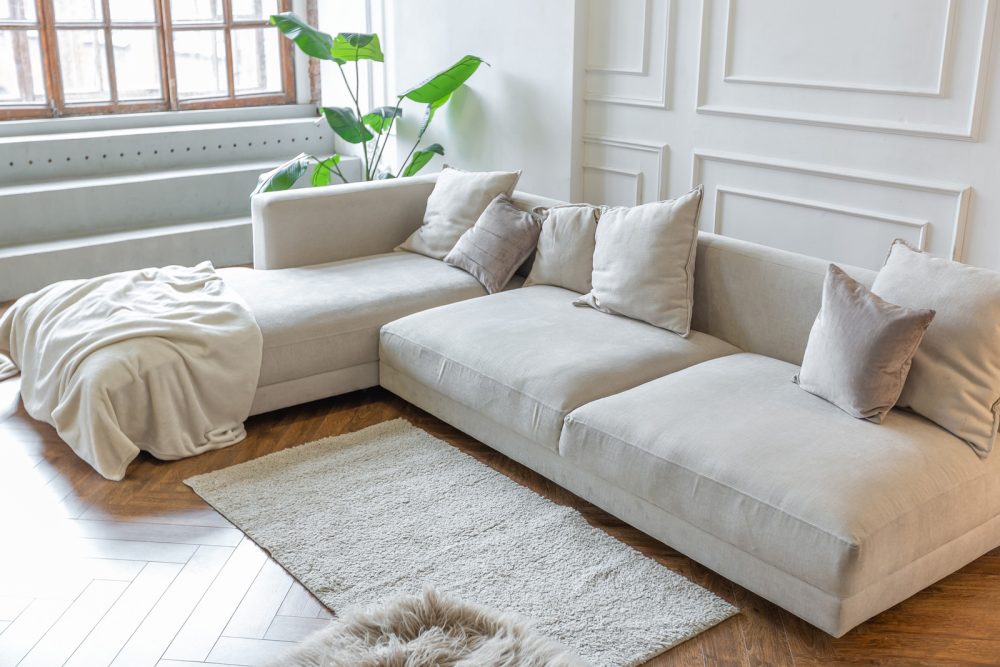RAPPORTO IN LINGUA INGLESE
Maggio 2014,
I Ed. ,
169 pagine
Prezzo (licenza per singolo utente):
EUR 1600 / USD 1696
Contattateci per licenze corporate e multiuser
Lingua: English
Codice report: S77
Editore: CSIL
Status: available for online purchase and immediate download
Download
Indici dei contenuti
The Report ‘Furniture Flagship Stores’ is the result of:
- interviews with around 50 companies having experience of mono-brand or flagship stores in the furniture sector or in related activities
- out of these 50 companies, financial analysis of around 30 players
- excerpts from CSIL Report Smart and Fast Cities: forecasting furniture demand to 2020
- desk research, processing and conclusions.
The Executive Report section of the study (around 10 pages), offers highlights on “what a flagship store is”, investments and typical economical ratios, EBITDA for the involved furniture manufacturers, driving forces, useful tips, achievements, strategic alternatives (for example, shop-in-shop or franchising instead of flagship stores).
The second chapter (around 150 pages) shows the main findings of the Top 50 megacities where furniture flagship stores have been opened, together with facts and findings related to around 30 furniture manufacturers and 150 selected stores. Frequent topics are size of the shop, events, kind of product mix, localizations, ownership, involvement in the contract business.
The third chapter shows demographic and macroeconomic indicators for both the “Top 50” locations and the “Next 100” .
Among the analyzed furniture manufacturers:Arper, Bulthaup, Bo Concept, Fritz Hansen, Kartell, Molteni, Natuzzi, Panasonic, Philips, Poliform, Poltrona Frau, Wilkhahn.
Among the analyzed flagship stores (and their “alternatives”): Artemide (Miami), Arper (Clerkenwell), Au Bon Repos (Bruxelles), B&B (London), Chanintr Living (Bangkok), Colette (Paris), Cassina/Poltrona Frau (New York), Kare Design (Rome), Molteni (Milan), Moooi (Amsterdam), Matsu (Shanghai), Natuzzi Gallery (Beirut), Offect (Stockholm), Panasonic (Tokyo), Philips Lighting (London), Orient Home (Dalian), Ozone (Tokyo), Ritter Sport (Berlin), Roche Bobois (Chicago), Scavolini (New York), Vera Wang (Beijing), Versace Home (Delhi)
Among the Top 50 locations: Chicago, Delhi, London, Milan, Moscow, New, York, Paris, Shanghai
Among the “Next 100” locations: Boston, Buenos, Aires, Guadalajara, Hangzhou, Melbourne, Pune, Qingdao
Next step: CSIL is working on a model for analysing the pros and cons of the opening of a new flagship store.
Average EBITDA in the European Furniture Industry
Investing in a flagship store is not easy (you need frequently to put more than 1 million Eur on it) but furniture manufacturers that did it have an average profitability (EBITDA) approximately double in comparison with the other players.
The report Furniture Flagship Stores aims to be an investment guide, providing case histories, useful tips, an executive summary and suggested locations (‘Top 50’ worldwide cities and ‘Next 100’ fast cities).
Abstract of Table of Contents
1. Executive Report
1.1 Flagship store. What it’s all about
1.2 Driving forces
1.3 Investment
- Turnover, Cash Flow, EBITDA 2012 for a sample of manufacturers holding flagship stores.
1.4 Some useful tips
1.5 Achievements, financial ratios
- Balance sheet target for five sizes of flagship stores
1.6 Alternatives
1.7 How many Flagships…and where. Today and Tomorrow.
- Flagship stores: number and average size for a sample of companies
- Number of stores for a sample of furniture manufacturers
1.8 Demand Drivers: main cities where wealthy is
- World. Cities ranked by millionaires, 2012
- World. Cities ranked by billionaires, 2012
2. Main cities worldwide where furniture flagship stores have been opened
- some of considered cities in alphabetical order: Amsterdam, Beijing, Beirut, Dallas, Delhi, Madrid, Nairobi, New York, Saint Petersburg, Tokyo
3 The “Next” 100 best locations (statistical data)
- among considered data: furniture demand, population, GDP, household consumption
The Report ‘Furniture Flagship Stores’ is the result of:
- interviews with around 50 companies having experience of mono-brand or flagship stores in the furniture sector or in related activities
- out of these 50 companies, financial analysis of around 30 players
- excerpts from CSIL Report Smart and Fast Cities: forecasting furniture demand to 2020
- desk research, processing and conclusions.
The Executive Report section of the study (around 10 pages), offers highlights on “what a flagship store is”, investments and typical economical ratios, EBITDA for the involved furniture manufacturers, driving forces, useful tips, achievements, strategic alternatives (for example, shop-in-shop or franchising instead of flagship stores).
The second chapter (around 150 pages) shows the main findings of the Top 50 megacities where furniture flagship stores have been opened, together with facts and findings related to around 30 furniture manufacturers and 150 selected stores. Frequent topics are size of the shop, events, kind of product mix, localizations, ownership, involvement in the contract business.
The third chapter shows demographic and macroeconomic indicators for both the “Top 50” locations and the “Next 100” .
Among the analyzed furniture manufacturers:Arper, Bulthaup, Bo Concept, Fritz Hansen, Kartell, Molteni, Natuzzi, Panasonic, Philips, Poliform, Poltrona Frau, Wilkhahn.
Among the analyzed flagship stores (and their “alternatives”): Artemide (Miami), Arper (Clerkenwell), Au Bon Repos (Bruxelles), B&B (London), Chanintr Living (Bangkok), Colette (Paris), Cassina/Poltrona Frau (New York), Kare Design (Rome), Molteni (Milan), Moooi (Amsterdam), Matsu (Shanghai), Natuzzi Gallery (Beirut), Offect (Stockholm), Panasonic (Tokyo), Philips Lighting (London), Orient Home (Dalian), Ozone (Tokyo), Ritter Sport (Berlin), Roche Bobois (Chicago), Scavolini (New York), Vera Wang (Beijing), Versace Home (Delhi)
Among the Top 50 locations: Chicago, Delhi, London, Milan, Moscow, New, York, Paris, Shanghai
Among the “Next 100” locations: Boston, Buenos, Aires, Guadalajara, Hangzhou, Melbourne, Pune, Qingdao
Next step: CSIL is working on a model for analysing the pros and cons of the opening of a new flagship store.
Average EBITDA in the European Furniture Industry
Investing in a flagship store is not easy (you need frequently to put more than 1 million Eur on it) but furniture manufacturers that did it have an average profitability (EBITDA) approximately double in comparison with the other players.
The report Furniture Flagship Stores aims to be an investment guide, providing case histories, useful tips, an executive summary and suggested locations (‘Top 50’ worldwide cities and ‘Next 100’ fast cities).
Abstract of Table of Contents
1. Executive Report
1.1 Flagship store. What it’s all about
1.2 Driving forces
1.3 Investment
- Turnover, Cash Flow, EBITDA 2012 for a sample of manufacturers holding flagship stores.
1.4 Some useful tips
1.5 Achievements, financial ratios
- Balance sheet target for five sizes of flagship stores
1.6 Alternatives
1.7 How many Flagships…and where. Today and Tomorrow.
- Flagship stores: number and average size for a sample of companies
- Number of stores for a sample of furniture manufacturers
1.8 Demand Drivers: main cities where wealthy is
- World. Cities ranked by millionaires, 2012
- World. Cities ranked by billionaires, 2012
2. Main cities worldwide where furniture flagship stores have been opened
- some of considered cities in alphabetical order: Amsterdam, Beijing, Beirut, Dallas, Delhi, Madrid, Nairobi, New York, Saint Petersburg, Tokyo
3 The “Next” 100 best locations (statistical data)
- among considered data: furniture demand, population, GDP, household consumption
RAPPORTI CORRELATI
Furniture retailing in Europe (English)
Febbraio 2024,
XVII Ed. ,
296 pagine
La distribuzione del mobile in Europa
Analisi della distribuzione di mobili per la casa in 15 paesi europei. Il rapporto fornisce trend di consumo di mobili per la casa, previsioni di mercato, dati per paese, analisi per canale distributivo, formati di vendita e performance dei principali rivenditori di mobili per la casa in Europa
Top 100 mattress specialist retailers in Europe (English)
Novembre 2023,
I Ed. ,
14 pagine
Top 100 rivenditori specializzati di materassi in Europa
Il mercato europeo dei materassi: ranking dei 100 principali rivenditori specializzati in materassi in Europa.
E-commerce in the mattress industry (English)
Settembre 2023,
V Ed. ,
102 pagine
E-commerce nell'industria dei materassi
Ricerca dettagliata sul mercato mondiale dei materassi online con focus su tre aree: Nord America, Europa e Asia Pacifico. Questo studio fornisce dati di vendita, analisi dei principali mercati, l’incidenza delle vendite di materassi online nei principali paesi (Stati Uniti, Canada, Cina, India, Corea del Sud, Germania, Regno Unito, Francia, Italia e Spagna), le vendite di materassi online dei principali rivenditori e i profili delle maggiori aziende del settore.
La distribuzione del mobile in Italia. Analisi per provincia
Luglio 2023, XX Ed. , 174 pagine
Questo rapporto fornisce un quadro dettagliato della distribuzione del mobile e la sua evoluzione e dei consumi di mobili per comparti a livello nazionale e per provincia, quote di mercato e lo sviluppo dei canali di distribuzione, le vendite stimate di mobili per la casa per principali rivenditori, analisi approfondita sia delle grandi catene di distribuzione che dei rivenditori indipendenti, strategie e tendenze delle aziende
E-commerce for the furniture industry (English)
Novembre 2022,
IX Ed. ,
118 pagine
E-commerce nel settore del mobile
Questo rapporto analizza l’e-commerce nel settore del mobile, con focus sulle principali aree geografiche (Europa, Nord America e Asia Pacifico) e sui principali paesi, fornendo dimensioni del mercato e approfondendo i modelli di business, le performance dei principali operatori e i risultati di un sondaggio CSIL che evidenzia l’approccio dei produttori al canale web, le strategie, le aspettative e i prodotti più richiesti online.
